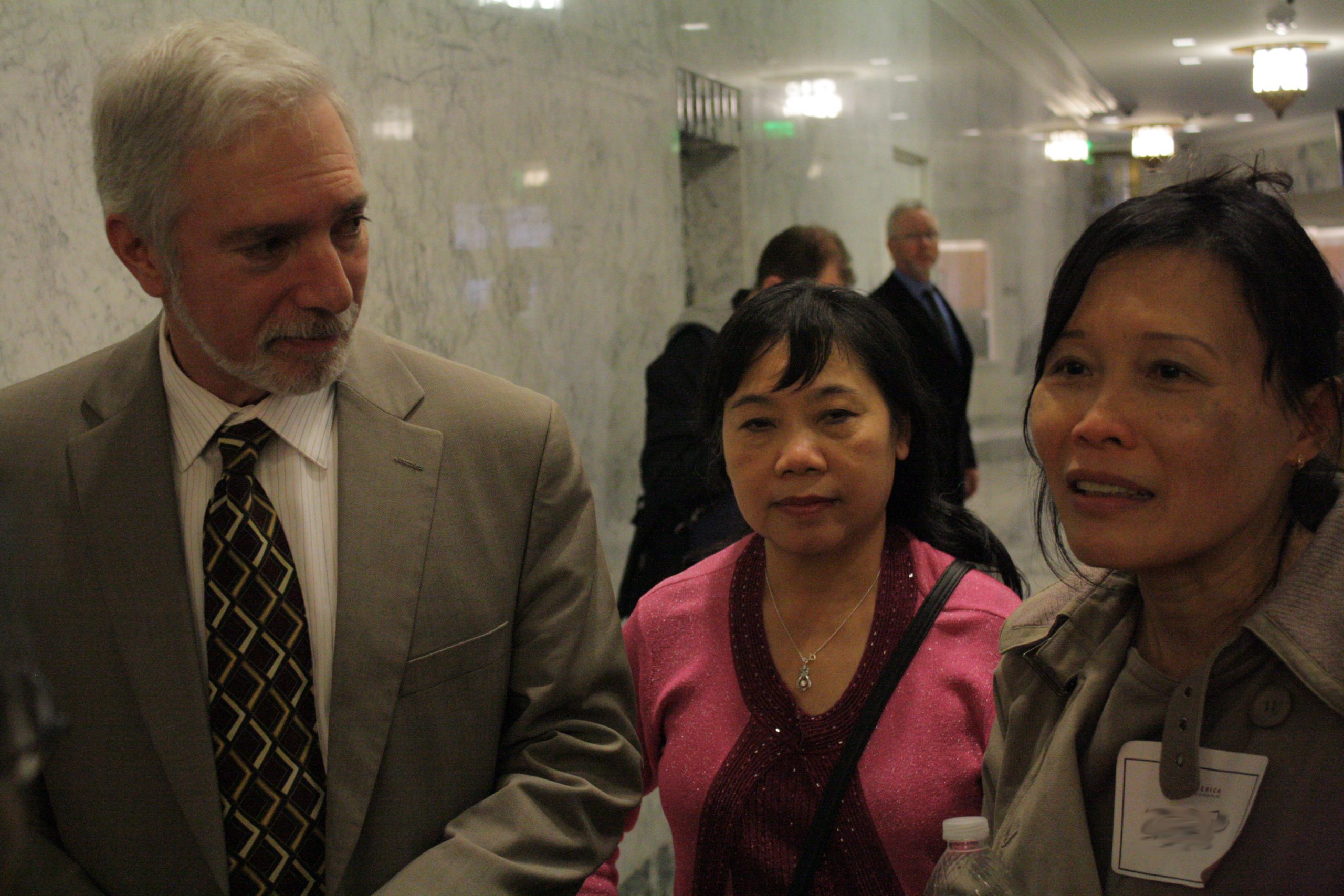38 Real Needs, All Families
Elizabeth B. Pearce
There is a great deal of discussion in this country about the politics, legality, and ethics of our immigration practices. In this text we discuss some of the aspects that directly affect immigrant families and their descendants who are living in the United States right now. As discussed in the Social Constructions chapter, laws have primarily been designed to foster inexpensive labor (the immigrants) to benefit the existing landowners, business owners, and consumers already residing in the country. Regardless of employment status, wage, and purpose for coming to this country, these families have the same needs as other residents. In addition, they are navigating new structures such as the health care and insurance system, differing government practices, and perhaps a new language at the same time as they are caring for their children, accessing schooling, finding a place to live, and fostering healthy family routines.

The authors view all families, regardless of documentation status, as “contemporary families in the United States,” the subjects of this course and this textbook. We believe that the well-being of each family in the U.S. is of value in and of itself. In addition, every family affects all the other families within the spheres of the neighborhood, the places of worship, the retail establishments, schools, parks, and employment. As we discuss the laws that affect immigrant families, and the ways in which employment and citizenship practices reflect a lack of justice, think about these families’ needs and rights just as you would for any other family.
It is not only laws that work institutionally to foster immigration, but also businesses and corporations. In this excerpt of an article from The Conversation, applied research demonstrates how undocumented labor practices are encouraged.
A Preference for the Undocumented
by Lise Nelson, Associate Professor of Women’s, Gender, and Sexuality Studies and Associate Professor of Geography, Pennsylvania State University
My colleagues and I have conducted research in U.S. communities where undocumented Latino immigrants live and work, including interviews with their employers. We focused on small businesses in rural Colorado and Georgia. We investigated how and why entrepreneurs in construction, landscaping, and low-wage service industries began actively seeking to hire undocumented Latino immigrants starting in the mid-1990s even though immigrant workers were largely absent from these places prior to that time.
What started for many as a short-term solution to fill a labor gap turned into a preference for hiring undocumented workers. Recruitment efforts thus intensified, causing a significant growth in the Latino immigrant population in both places. In a rural Georgia county, the Latino population increased 1,760 percent between 1990 and 2010, due to the increase in these recruitment efforts by businesses involved in construction, landscaping, cleaning, and food provision.
Why did businesses that rely on low-wage workers develop a preference for immigrants and particularly undocumented ones?
In interviews, employers describe the undocumented Latino immigrants they hire as among the most reliable, honest, and hardworking employees they have ever had. As one Georgia employer described it:
“I think about, if I had to get rid of the nine Hispanics that I’ve got tomorrow and replace them with locals, to get the same amount of output, I would have to hire fifteen instead of nine and I’d probably have to pay them $1 an hour more each, and that figures up quick. And there’s sometimes that you just can’t find people to do the work.”
Most employers we interviewed began by the late 1990s to organize their businesses around the productivity and discipline offered by an undocumented immigrant workforce.

When we talk about how immigrant families affect other families in the United States we must understand that immigrant families are deeply interwoven into communities, schools, for-profit businesses, services, and all aspects of society. Kinship groups themselves can be mixed, made up of recent immigrants, second-generation citizens, indigenous, and citizens whose families have lived in the United States for hundreds of years. It’s difficult to unwind the complexity of these relationships, but it is critical to understand that we are intertwined and to continue to educate ourselves about these economic, familial, and societal relationships.
Licenses and Attributions
Open Content, Shared Previously
“A Preference for Undocumented” is from “Trump’s wall ignores the economic logic of undocumented immigrant labor” by Lise Nelson in The Conversation. License: CC BY-ND 4.0.
Figure 8.12. “Vietnamese members speak to Representative Gerry Pollett” by OneAmerica. License: CC BY-NC-SA 2.0.
Figure 8.13. “Quilt – stars and interwoven steps” by Ramson. License: CC BY-NC-SA 2.0.
The social structure that ties people together (whether by blood, marriage, legal processes, or other agreements) and includes family relationships

